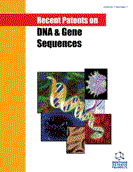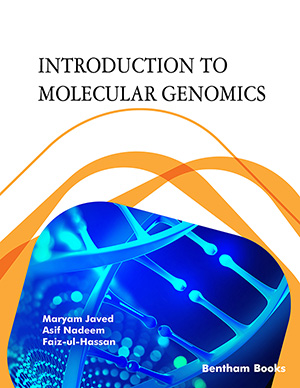Abstract
Methodologies for identifying as well as discriminating between different strains of Mycobacterium tuberculosis and their differing degrees of drug resistance are crucial for the correct and more efficacious administration of treatment and vaccines. This is emphatically so now that the immunogenic and phylogeographic correlates to the genomes of different strain families are beginning to be mapped out. The patents here discussed start with those aimed at detecting M. tuberculosis from other mycobacterial species by polymerase chain reaction-mediated comparative sequence analysis, taking advantage of previously unrecognized points of variability in the genome and of the rpoB gene. Patents on methods for strain discrimination describe particular nucleotide sequences able to distinguish between different infections, specific microarray probes, polymorphisms in variable number of tandem repeats loci and molecular mass and base composition analysis. Diagnostic kits for detecting antimicrobial resistance recur to oligonucleotide probes for various loci identified to be involved in conferring resistance. An innovative application of molecular inversion probes (MIPs) as a resource-maximizing tool for SNP discovery and genotyping is also mentioned. These patents provide valuable methods by which to detect M. tuberculosis for both clinical and research purposes, and provide the basis for their future adaptations aimed at a less costly and increased worldwide usage.
Keywords: Mycobacterium tuberculosis, molecular epidemiology, strain variation, phylogeography, single nucleotide polymorphisms, diagnostic tools, antibiotic drug resistance, genotyping
 2
2











